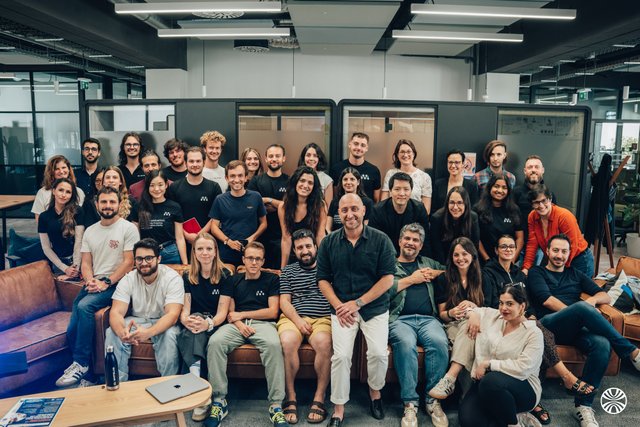Biostatistician : Heterogeneous treatment effects Overview of biostatistical/Machine Learning methods and their implementation (internship)
Le poste
Descriptif du poste
Context
It is well-known that treatment effects may not be homogeneous across the study population [1]. This has led to the development of numerous algorithms aimed at exploring how treatment effects can differ among subgroups in a clinical setting [2].
Moreover, even though subgroup analysis are performed on a regular basis in confirmatory (Phase III) clinical trials, there remains a potential for unobserved heterogeneity. This particularly holds true in the experimental setting where the number of enrolled patients remains limited.
The increasing access to RWD derived from patient care facilitates the generation of evidence, thereby informing clinical decisions tailored to specific patient subgroups. Consequently, there is growing opportunity to identify significant heterogeneity of treatment effects within these subgroups in a RW setting [3,4].
Over the past ten years, ML techniques have been increasingly developed for identifying subgroups that exhibit varying treatment effects [5]. Given the potential of ML, investigating algorithms that can further elucidate patient subgroups, and potentially individualized responses, is of particular interest.
Objectives
The master’s student is expected to:
Perform an up-to-date methodological literature review to identify relevant biostatistical and ML approaches for investigating treatment effect variability in RW settings;
Based on the findings from the literature review, identify potential strengths and limitations of these methods as regards specific clinical contexts;
Implement a selection subset of the identified methods on to RWD;
Write a manuscript intended for submission to an international peer-reviewed journal.
References
European Medicines Agency. (2019). Guideline on the investigation of subgroups in confirmatory clinical trials. EMA/CHMP/539146
Sun, S., Sechidis, K., Chen, Y., Lu, J., Ma, C., Mirshani, A., Ohlssen, D., Vandemeulebroecke, M., & Bornkamp, B. (2022). Comparing algorithms for characterizing treatment effect heterogeneity in randomized trials. Biometrical Journal. https://doi.org/10.1002/bimj.202100337
Segal, J. B., Varadhan, R., Groenwold, R. H. H., Li, X., Nomura, K., Kaplan, S., Ardeshirrouhanifard, S., Heyward, J., Nyberg, F., & Burcu, M. (2023). Assessing heterogeneity of treatment effect in real-world data. Annals of Internal Medicine, 176(4), 536–544. https://doi.org/10.7326/M22-1510
Emmott N, Maryam N, Yankah S, Hendricks-Sturrup R. Improving Patient Subgroup Representation with Real-World Data: Real World Efficacy and Patient Subgroups. Available from: https://healthpolicy.duke.edu/sites/default/files/2023-09/Improving%20Patient%20Subgroup%20Representation%20with%20Real%20World%20Data.pdf
Loh, W.-Y., Cao, L., & Zhou, P. (2019). Subgroup identification for precision medicine: A comparative review of 13 methods. Wiley Interdisciplinary Reviews. Data Mining and Knowledge Discovery, 9(5), e1326. https://doi.org/10.1002/widm.1326
Profil recherché
Strong knowledge of biostatistics (Master program, engineering school in statistics or equivalent)
Excellent working knowledge in statistical programming (R and/or Python)
Interest in medical research
Fluency in written and oral scientific English
Déroulement des entretiens
One meeting with HR
Technical use case
Meeting with Quinten Healthcare Manager
Envie d’en savoir plus ?

Rencontrez Rami, Directeur projet Quinten Finance

Rencontrez Jihane, Managing Director Quinten Health
D’autres offres vous correspondent !
Ces entreprises recrutent aussi au poste de “Sciences de la vie et biotechnologie”.
Computational Biology Intern (6 months)
Whitelab GenomicsStageParisTélétravail fréquentIntelligence artificielle / Machine Learning, Santé41 collaborateurs




